Rebecca Nava Soto is a mixed media painting, digital and installation artist. Rebecca received her B.F.A. In Painting from University of Cincinnati School of D.A.A.P. and her M.F.A. in Painting from Boston University.
Her art practice foregrounds the artistic roots, processes and ideologies of the indigenous roots of the Latinx population interwoven with contemporary issues. She has also been the Lead Teaching Artist for 11 public murals through the Artworks organization over the past two decades.

Learning From the Edge Effect
Art Academy of Cincinnati (AAC) adjunct professor Rebecca Nava Soto recalls her earliest art-making experiences as a kid, making paper flowers and wood-shaving paintings for Catholic festivals within Cincinnati’s Latinx community.
Her parents immigrated from Mexico, met in Chicago, and then settled in Cincinnati where Nava Soto grew up and eventually studied painting at U.C College of Art & Design (B.A. ’00) and Boston University (M.A. ’04.)
Nava Soto’s paintings and multimedia work today are animated by a fascination with the indigenous roots of the Americas. But as an art student, it wasn’t until taking a senior-year class in Mesoamerican art history that Nava Soto encountered these lineages. She was struck by how pre-Columbian art was classified as “other” art history, even while technically being American art history.
“I found really fascinating that I would study ancient art in my art school curriculum canon, but we’d go all the way to Greece, ancient Greece,” recalls Nava Soto. “[Meanwhile] there was this extraordinarily extensive ancient art history [here in the Americas], which is still so alive today.”
The class was pivotal. Nava Soto immediately pursued a travel grant to Mexico where she began re-examining a familiar country through a brand new lens.
“Even though I’d been to Mexico many times, this was like another world within that country—the indigenous world,” says Nava Soto, who was also taken with the interplay between worlds and the creative persistence of indigenous communities.
Nava Soto incorporates many Mesoamerican elements into her current artistic practice, including the motif of ancient writing systems, which she has pursued through independent study. When Maya: The Exhibition came to the Cincinnati Museum Center last year, Nava Soto went regularly to research and to teach Maya glyph writing. Through the exhibit, she was struck by the Maya’s agrarian lifestyle so intimately tied up in the natural world. This provided inspiration for her installation The Edge Project, now on display at the Freedom Center, which looks toward natural processes—as ancestors worldwide have done—for perspective on present-day tensions and conflict.
“The Edge Project [reflects] an ecological effect where the boundary of two distinct environments come together and meet,” Nava Soto explains. “We can see that with a forest and a lake, or a river and a savannah, a cenote and the jungle… And in that edge we see nature at its most creative. Where we see conflict, clashing, and chaos […] we also see synergy, innovative synergy of biological life. And we see a robustness. This area is the ‘edge effect.’ The edge is the area where we see ideal conditions for a new species to sprout.”
“I just thought that we’re all experiencing these ‘edge effects’ pretty intensely right now. Within ourselves […] within families […] A lot of problems that we’ve had that have just been quieted or pushed down or able to be in the background [when] we’re going about life as usual. But now that we’ve had that stillness, we see so much of that coming to the surface. And it’s effecting us I know in many different ways.”
On the floor of the installation is a snake made of colored wood-shavings, surrounded by hands holding writing tools. “The snake is a symbol of death and rebirth in Mesoamerica— of transformation— and so this is what we’re feeling right now. This is the death of our current incarnation of this world. Especially the death of problematic paradigms in our world.”
At the end of September, the snake will be ritualistically destroyed, and the hands suggest the opportunity we have to write new stories moving forward.
The Edge Project is part of a larger citywide ArtsWave exhibition featuring 27 Black and Brown artists across mediums, each responding to the theme of “truth and reconciliation” in light of the past 18 months.










